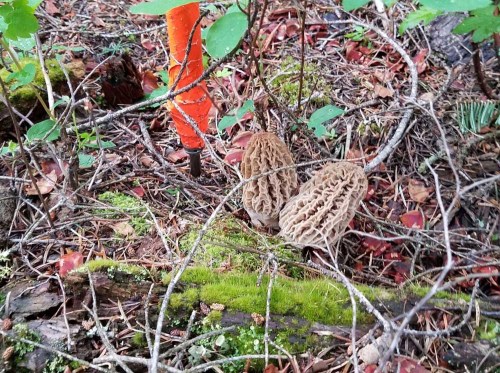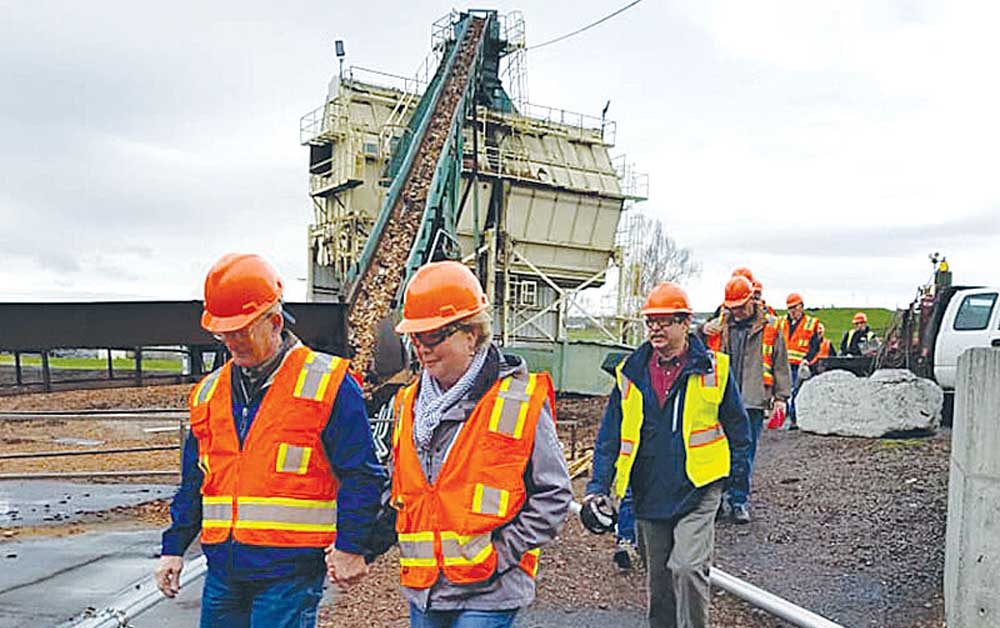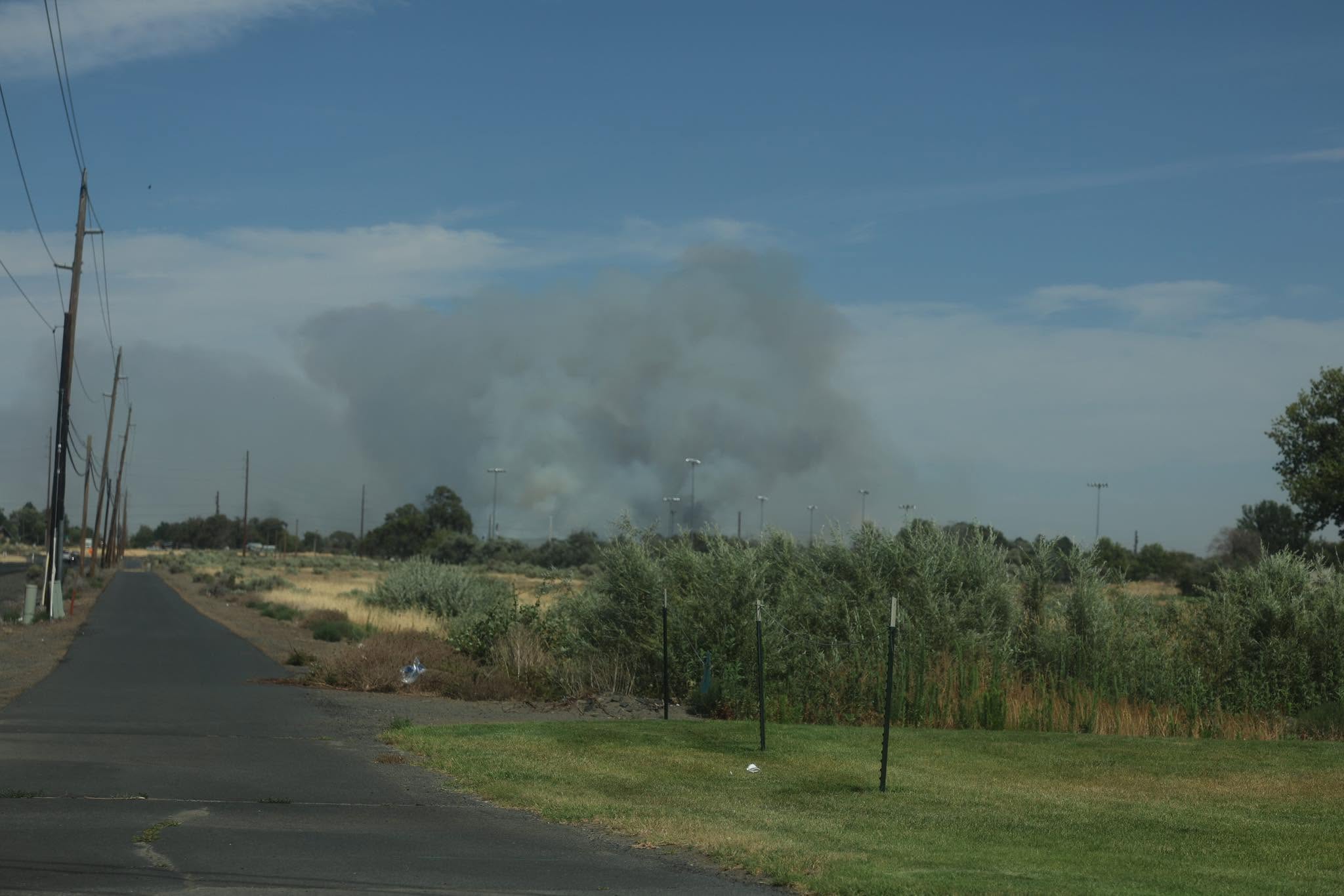This Land is Our Land: Finding a new secret spot
Published 5:00 am Wednesday, July 10, 2024

- Yellow morel mushrooms are edible and found in the Blue Mountains. The U.S. Forest Service in April 2024 announced the opening of mushroom picking.
I am so grateful that we have millions of acres of public lands at our back door.
This spring, I was reminded yet again of the value of this treasure. June brought decent mushroom hunting conditions in the northern Blues. Not great, but there were scattered morels and king boletes available if you know where to look. I began the season by checking my favorite spots several times and while I found a few mushrooms each time, I felt the need to expand my horizons. My spots are apparently also other people’s spots, and there was plenty of evidence of other pickers. The Umatilla National Forest is a big place and I just needed to find some new areas of my own.
So, one evening I sat down with the mapping apps on my phone and laptop and evaluated the places I had found mushrooms in the past. Like most mushroom pickers, I have my ideas about where mushrooms like to grow. I surmise that elevation, aspect, slope, plant community type, and forest age all play a role, so my mapping exercise had me looking for areas that resembled my known mushroom spots.
Mind you, my favorite spots are all on public land. So that was another criterion I had to follow; my potential new spots also needed to be on public land.
I started mapping ever-widening circles around my known mushroom spots, trying to find that combination of conditions that might be new mother lodes. My new secret spots, if you will. I placed on the map an X marking a promising looking area several miles from the closest open road.
I also know that timing is also important; a good soaking spring rain followed by several days of warming and drying can cause new mushrooms to pop up. Thankfully, we got a late May rain this year. Things were looking up.
A few days later Jessie (my chocolate Lab pup) and I headed out. I parked my pickup at the usual spot and started walking, skipping over familiar ground and heading towards new terrain.
Terra incognita, at least to me.
At first the search seemed misguided. We found more ponderosa pine and young dense thickets than fit my search image for likely morel spots.
But gradually conditions changed. The ground leveled out and I found I was wandering among mature white fir trees with partial openings in the canopy – things were starting to feel right. And then, the first mushroom. A blonde morel, freshly sprouted from the duff. Then another. And then a bolete. And best of all, no human footprints or mushroom “stumps” indicating someone else had been there recently. Jessie picked up on the game, and started finding mushrooms on her own, and although she seemed to favor the older, past-prime morels she tended to only bump the fresh ones with her nose without picking them.
After about an hour of good picking, I checked my map and discovered we were within 100 feet of the X I had placed earlier.
I was thrilled. I had a new area to hunt mushrooms, far from the beaten path. Jessie and I had a great outing as we saw elk, watched a pileated woodpecker build a nest cavity, heard ruffed grouse drumming, and collected a half gallon of good quality mushrooms.
A few days later Kathy joined Jessie and me as we returned to the same spot and again found enough mushrooms to fill the food dehydrator.
The millions of acres of National Forest in the Blue Mountains are there for us to wander and explore, thanks to the foresight of Teddy Roosevelt, Gifford Pinchot, and others. You don’t need to call anyone for permission, you don’t need a reservation, and you don’t have to drive for hours to get there.
Just don’t ask me to share my new favorite spot. That information belongs to Jessie and me, and she won’t tell either.









